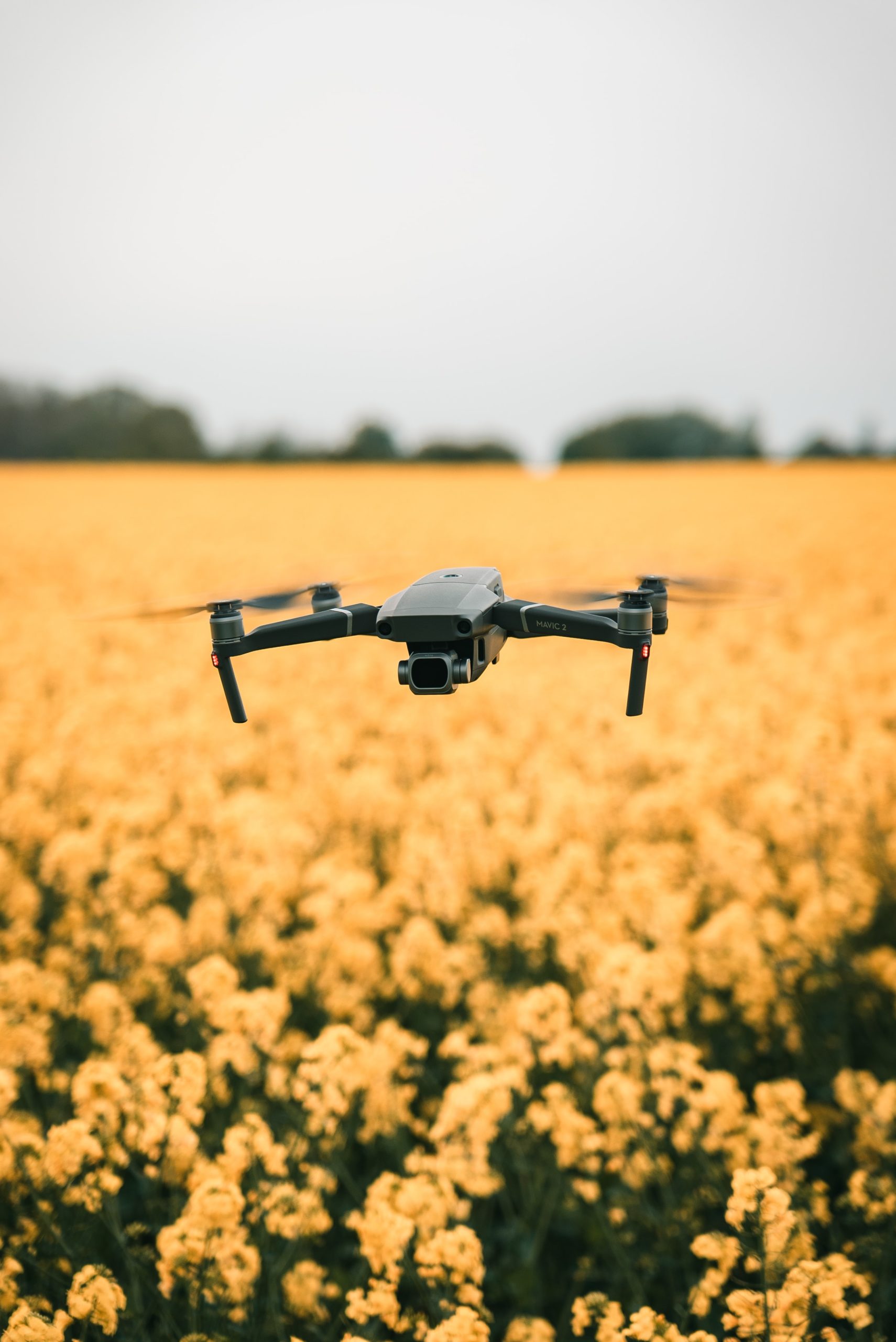Introduction

Agritech (Agriculture technology) refers to a broad area where the application of technology innovations is applied to the agriculture sector in order to increase overall yield, efficiency, and as a result profitability.
Agritech can also be referred to by other names such as:
- ag tech
- agrotech
- agrotechnology
This includes using technology to accelerate planting, developing crops that grow well in a variety of environments, and harvesting.
This includes leveraging technology and software to accelerate planting, develop crops that grow well in a variety of environments and harvesting.
It can comprise of different types of technologies like robotics, big data, AI, or any other suitable method to solve agricultural industry challenges through the use of custom software and hardware development.
Agriculture has seen an increase in the use of Information Age technologies in the first two decades of the twenty-first century. Agricultural robots, drones, and driver-less tractors have since became more common across farms, while digital agriculture and precision agriculture make extensive data collection and computation available to improve farm efficiency.
Some background
In the nineteenth century, advances included the development of modern weather forecasting and the invention of barbed wire. Agricultural machinery was introduced during the Industrial Revolution to mechanise agricultural labour, greatly increasing farm worker productivity.
Synthetic fertilisers and pesticides, as well as new agricultural machinery such as tractors and agricultural aircraft, were developed during the twentieth century.
Agriculture is increasingly benefiting from information-age technologies. On farms, agricultural robots, drones, and driverless tractors are common. Data collection and computation are used in digital agriculture and precision agriculture to improve farm efficiency.
Real life use cases of agritech

Here are some example use-cases of the technology to help create a smart farm ecosystem:
Irrigation automation
An automated and adaptive irrigation operation improves crop yield while saving water and energy, all while conserving the ecosystem.
Pack management software & Fresh produce packing marketing software
A software solution like this can help packing sheds and orchards keep track of produce throughout the whole packing process until it is dispatched out to it’s destination.
A solution like this can also help in the marketing process to streamline operations of a packing house as they sell their stock.
Orchard picking management software
This type of software solution can help Orchard operators keep track of pickers, bins of produce, weights and calculation of payment rates and can be referred to as pick tracking software.
Produce marketing software
A software solution like this can help farms easily track their fresh produce and market it to buyers, handle payments, request quantities and handle stock as well as facilitate orders.
Smart IoT sensors
Farmers can utilise IoT smart sensors to collect data from the field and keep track of the crop yields, moisture in the soil, irrigation progress and overall weather conditions.
Supply chain systems/software
Technology such as Blockchains can be deployed into a farms supply chain logistics process in order to increase transparency in all stages of the farming process.
Field monitoring software
Software like this can apply analysis over a field using technologies like GPS, Beacons and IoT into a centralized dashboard so farmers can quickly access the most relevant data easily.
Drones & Satellite – Scanning & Surveillance

Drones are becoming more prevalent in farming operations and can assist in scanning crops to determine when they are ready for harvest as well as create terrain maps and monitor the different stages of crop growth.
Drones can also be used by farmers to spray rows of crops saving time and money instead of hiring staff to manually spray rows.
Other aspects of agritech include the following:
- Utilisation of weather forecasts: Seeding the fields at the best time of year leads to higher yields due to a more balanced climate for crop growth.
- Vertical farming: This is the practice of growing crops in vertical layers using suitable water irrigation systems, lighting supplements, oxygen, and other gases.
Conclusion
AGR Technology is a business based in Shepparton, Victoria, Australia that offers services to other businesses such as SEO, Web Design, and Software Development.
If you found this page useful, please share it with your friends and visit our glossary for more information as well as our blog for updates.
Related content from our technology glossary:
ERP Software (Enterprise Resource Management)
API (Application Programming Interface)
New content from our Google profile:
Source(s) cited:
“Agricultural technology” Wikipedia, 11 Jan. 2016, en.wikipedia.org/wiki/Agricultural_technology. Accessed 1 Jan. 2022.
![logo-new-23[1] logo-new-23[1]](https://agrtech.com.au/wp-content/uploads/elementor/thumbs/logo-new-231-qad2sqbr9f0wlvza81xod18hkirbk9apc0elfhpco4.png)